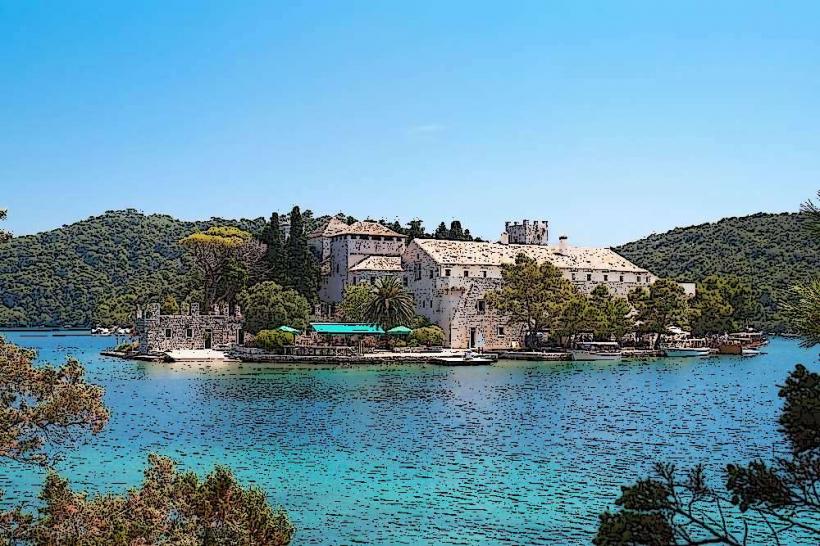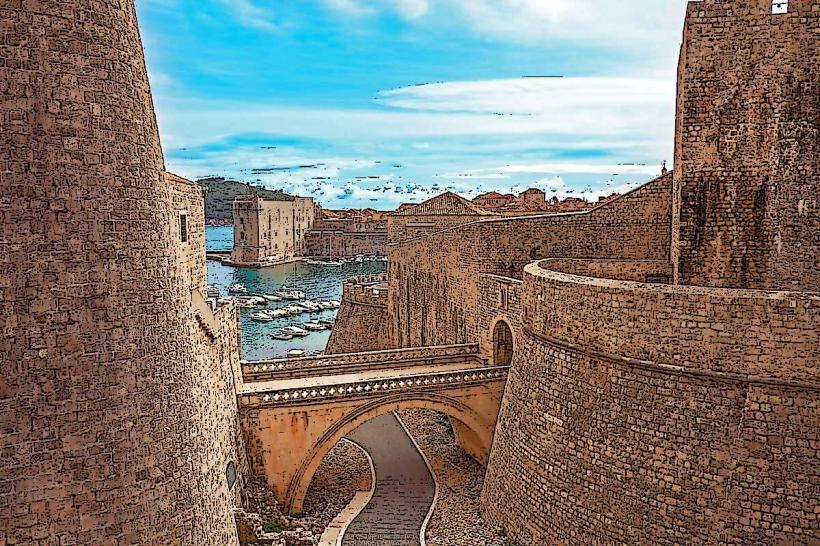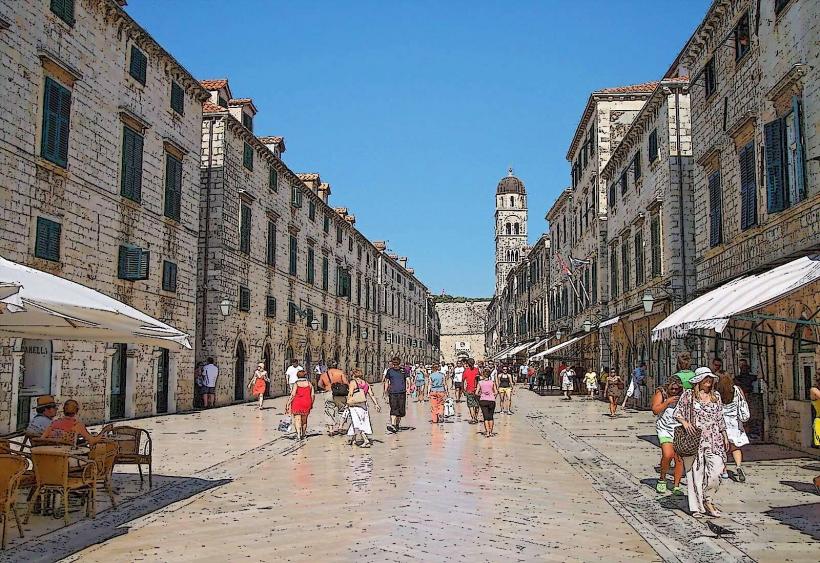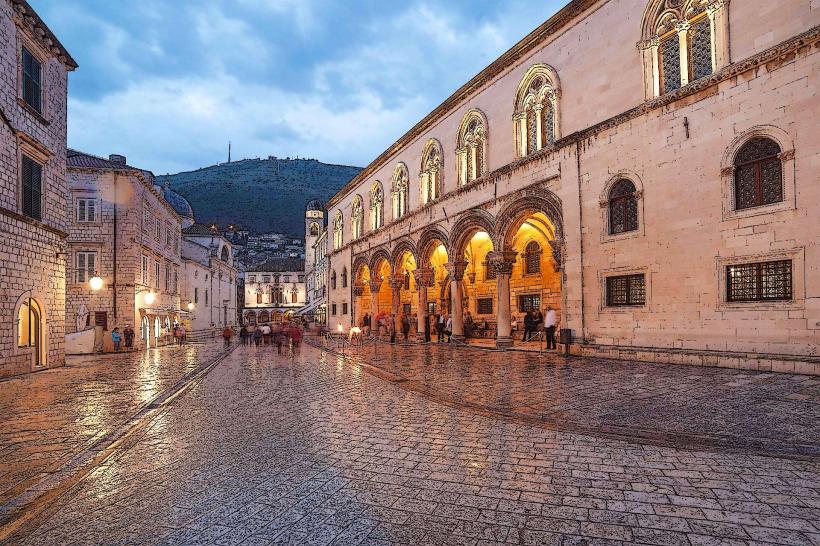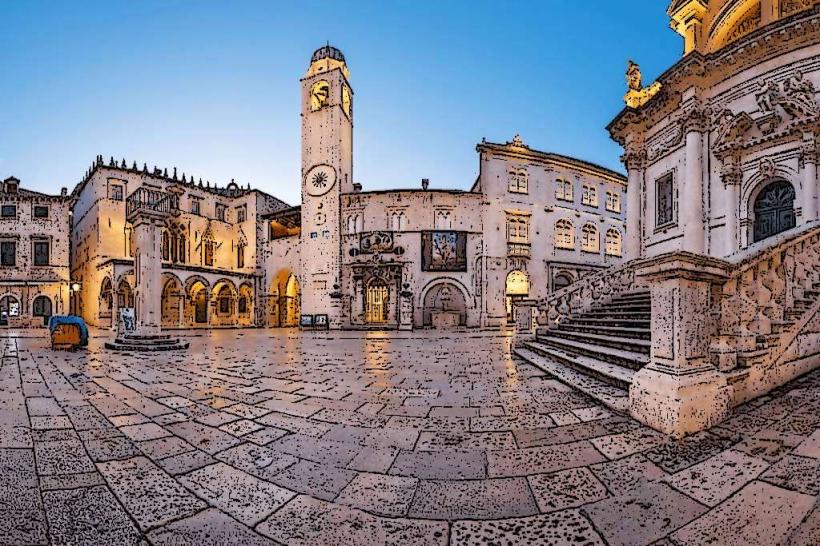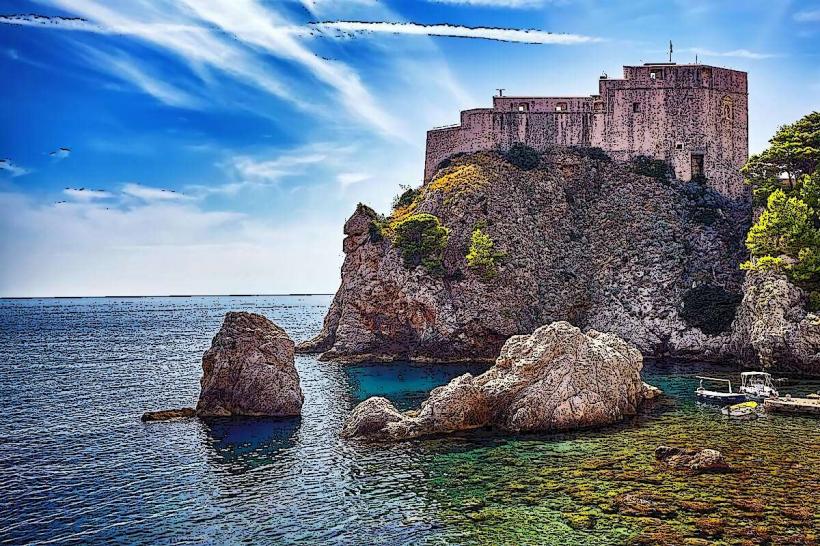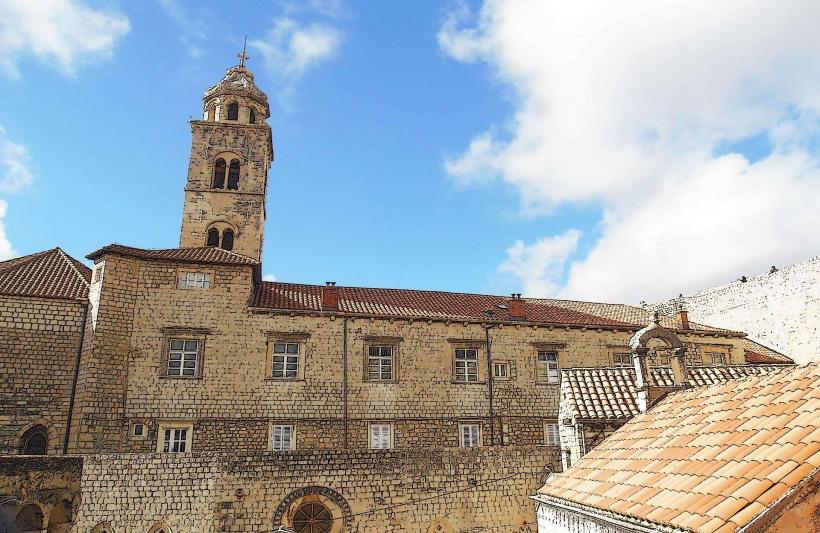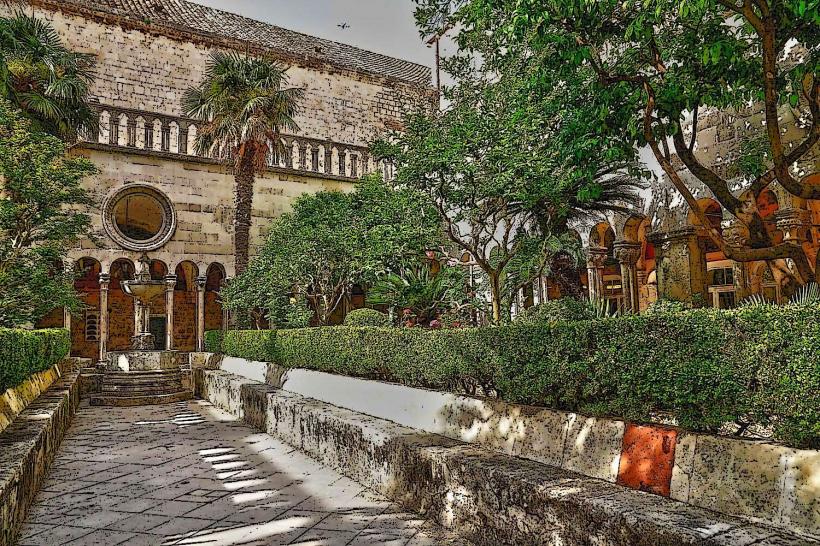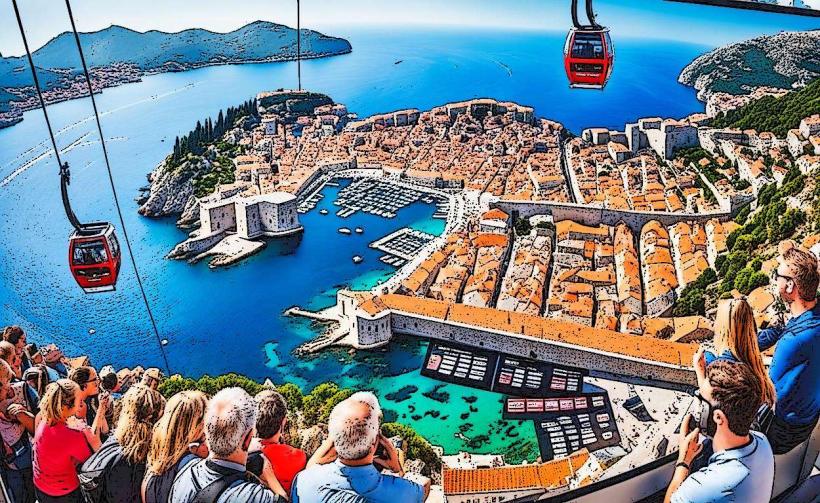Information
Landmark: Pile GateCity: Dubrovnik
Country: Croatia
Continent: Europe
Pile Gate
Pile Gate (Croatian: Ulaz Pile) is one of the main and most iconic entrances to the Old Town of Dubrovnik, located on the western side of the city walls. Serving as the primary gateway for visitors and locals alike, Pile Gate is not only an essential part of the city’s defensive structure but also a notable landmark that reflects Dubrovnik’s medieval architecture and urban planning.
Historical Background
- Construction: The current Pile Gate was built in the 16th century, though earlier gates existed at this location, serving as one of the main access points to the city. Over time, it was strengthened and renovated to keep up with the growing defensive needs of the city.
- Strategic Importance: Pile Gate was a critical defensive entry point, both for protecting the city from attacks and for controlling the flow of goods and people. Its position on the west side of Dubrovnik made it the most important entrance for travelers arriving by sea.
- Name Origin: The name "Pile" is believed to come from the wooden piles (stakes) used in the construction of the gate's foundation, as the area around the gate was once swampy.
Architectural Features
- Outer Gate: The first part of the entrance consists of a drawbridge that once spanned a moat, a common feature in medieval fortifications. This would have been raised in times of attack to block entry.
- Defensive Structure: The outer part of the gate includes a fortified tower with a smaller, heavily protected doorway. It was built with the intention of defending the city from external attacks, particularly by sea.
- Inner Gate: After passing through the outer gate, visitors enter an inner courtyard, which contains a small stone archway leading into the city. This area also acted as a defensive passage, allowing the defenders to quickly close the gates in case of danger.
- Renaissance Influence: The gate’s design shows elements of Renaissance architecture, especially in the arches and columns. Its design was influenced by both functionality and the desire to maintain the city’s grand appearance.
Key Features
- Statue of St. Blaise: A statue of St. Blaise, the patron saint of Dubrovnik, stands above the entrance to the gate. It is a symbol of the city's faith and protection.
- Bridge and Moat: The Pile Gate is set above a bridge that once spanned a moat, which would have provided additional defense. The moat has since been filled in, but the drawbridge and bridge structure still remain.
- Watchtower: The defensive structure of the gate included a watchtower that allowed guards to monitor the approaches to the city.
- Decorative Elements: The gate features a combination of fortification and decoration, with stone carvings and inscriptions that date back to its renovation in the Renaissance period.
Modern Day Significance
- Main Entrance: Today, Pile Gate is the most frequently used entry point for tourists visiting Dubrovnik’s Old Town. The gate leads directly to the Stradun, the city’s main street.
- UNESCO World Heritage Site: As part of the Old Town, Pile Gate contributes to Dubrovnik’s status as a UNESCO World Heritage site. It is a major tourist attraction and an important piece of the city’s historical and architectural heritage.
- Transport Hub: Just outside the gate is a bus station, making it an important transport link to the rest of the city.
Nearby Attractions
- Stradun: After entering through Pile Gate, visitors are immediately greeted by Stradun, the main thoroughfare of Dubrovnik. This pedestrian-only street is lined with historical buildings, shops, restaurants, and cafés.
- Dubrovnik City Walls: Pile Gate is the starting point for those who want to walk along the city’s famous defensive walls, which provide panoramic views of the Old Town and the sea.
- Fort Lovrijenac: A short walk from Pile Gate, this fortress is located just outside the city walls and offers fantastic views of Dubrovnik and the surrounding area.
- Old Port: The Old Port of Dubrovnik, just a few minutes’ walk away, is a picturesque harbor where boats to nearby islands depart.
Visiting Pile Gate
- Opening Hours: Pile Gate is always open to visitors, as it is an integral part of Dubrovnik’s daily life and tourism infrastructure.
- Admission: There is no fee to pass through Pile Gate itself, but tickets are required to enter the Old Town or visit the city walls and other attractions nearby.
- Accessibility: Pile Gate is accessible by foot, and it is the most convenient entrance for visitors arriving from Dubrovnik's bus station or Port Gruž.
- Best Time to Visit: Early mornings or late afternoons are ideal to avoid the crowds.
Fun Facts
- Filming Location: Pile Gate and the surrounding areas of Dubrovnik have been used as filming locations for various productions, including Game of Thrones, where the gate and surrounding streets were used as part of King’s Landing.
- Iconic Entrance: The gate’s combination of function and beauty makes it one of the most photographed spots in Dubrovnik.
Why Visit Pile Gate?
- Historical Significance: Pile Gate is one of Dubrovnik’s most important historical landmarks and an essential part of the city’s medieval defense system.
- Architectural Beauty: The gate’s design is a mix of Renaissance and medieval defensive architecture, making it both functional and aesthetically pleasing.
- Gateway to Dubrovnik: Pile Gate is the starting point for exploring the Old Town, offering easy access to some of the city’s most famous attractions.
The Pile Gate is not just a gateway into Dubrovnik; it is a portal into the city's rich history and architectural legacy. As one of the most recognizable symbols of the city, it stands as a testament to Dubrovnik's medieval heritage and enduring cultural significance.

